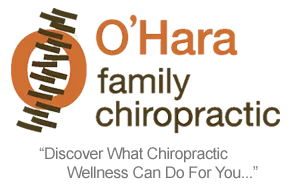What is Spinal Stenosis?
By: Dr. Kevin O'Hara D.C.
There are two types of spinal stenosis: lumbar and cervical. In lumbar stenosis, the spinal nerve roots in the lower back are compressed, causing symptoms of sciatica. Spinal stenosis pain in the neck (cervical spinal stenosis) can be far more dangerous, due to compression of the spinal cord. Approximately 75 percent of cases occur in the lumbar spine and most will affect the sciatic nerve, which runs along the back of the leg.
Lumbar spinal stenosis causes pain or cramping in the legs (sciatica) when standing or walking, low back pain, leg numbness or tingling, and limitations in walking. Pain generally comes and goes, and is relieved by sitting or lying down.
Cervical symptoms include neck and shoulder pain, or radiating pain in the arms or hands. Muscle atrophy is also a common issue.
Causes of this condition can be overgrowth of bone, herniated disks, thickened ligaments due to age, tumors near the spinal cord, and spinal injuries.
Decompression of the nerve will alleviate symptoms, which can be achieved by a number of therapies, including: chiropractic adjustment of the spine, muscle stimulation therapy, ice, and specific muscle stretching. After a thorough exam by a chiropractor, the presence of spinal stenosis will be confirmed.
